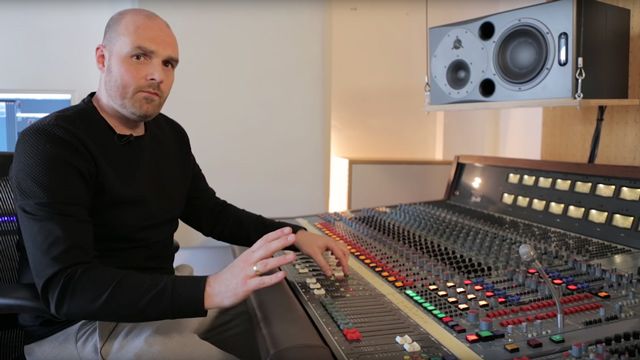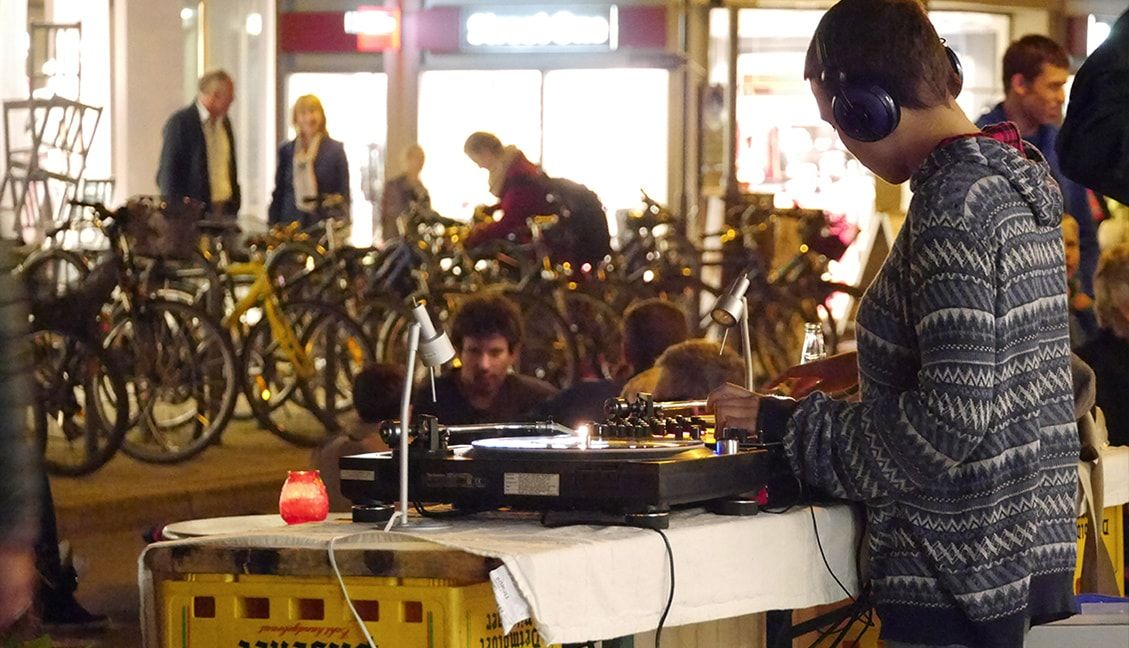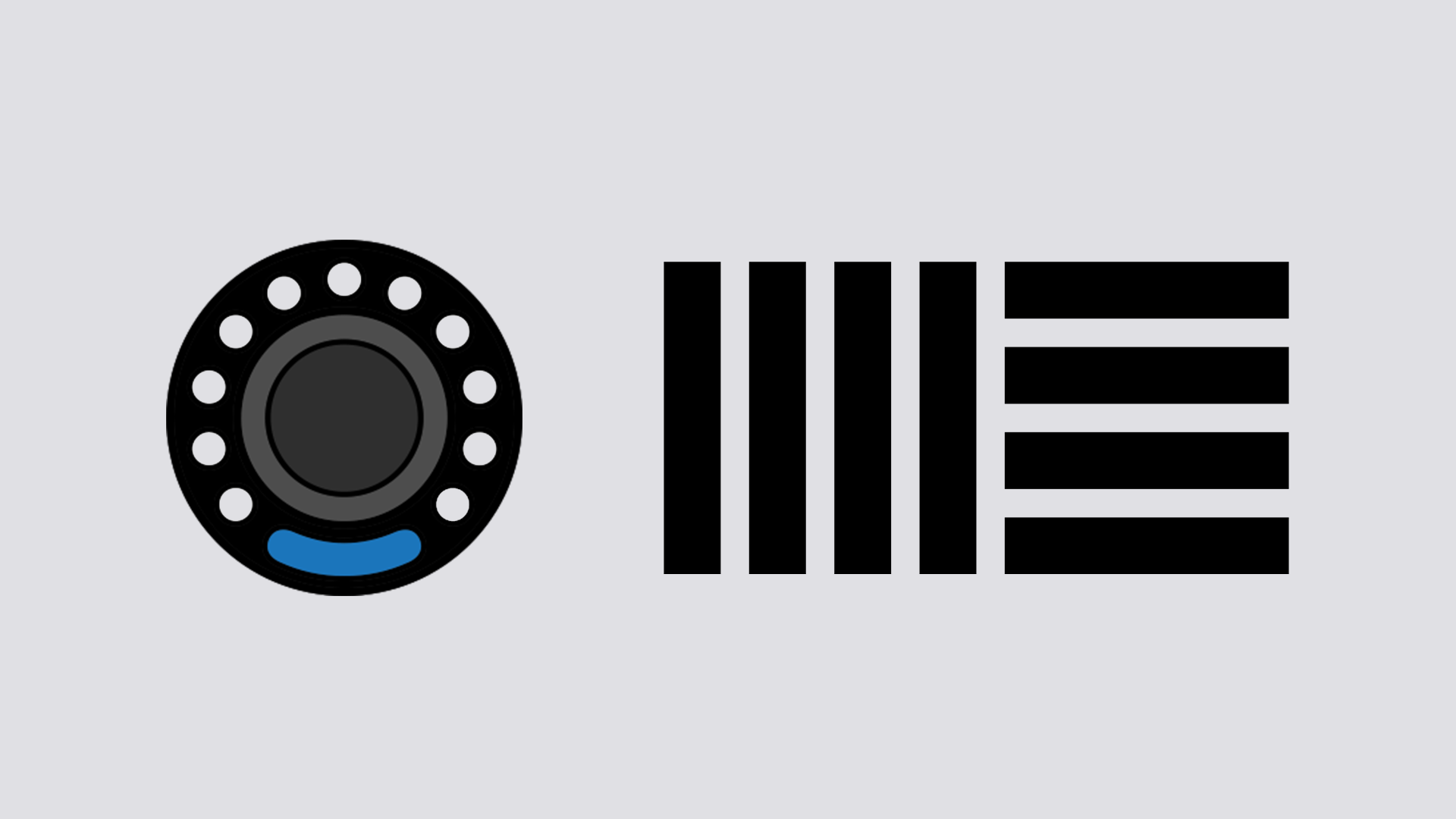This second installation in our collaborative video series with Riverside Studios in Berlin explores how to set up a proper recording environment for a vocalist to record. Respected producer and DJ Martin Eyerer shares his tips and shares why he thinks a psychotherapist might be the best person to record a vocalist. Keep reading to watch the complete tutorial.
Martin Eyerer Studio Tips On Recording a Vocalist
As Martin Eyerer stresses so much in this video how preparing a comfortable environment for a vocalist is one of main elements of success – and that applies to almost anything where you’re expecting someone else to come and perform while you record them. As a summary, some of his other main advice in the video include:
- Doing mic “shoot-outs” with a singer – find as many alternate microphones as you can and compare how the singer sounds on each
- Always be recording – often a performer will do their best take before the stress of recording has started
- Get comfortable with your vocalist – sit down and talk to them and make them feel relaxed prior to recording
- Create as low-latency of a monitoring solution as possible – and discuss with the singer if they would like reverb on their monitor (many vocalists do)
The microphone used in this tutorial was a Røde NTV valve condenser mic – which aren’t manufactured anymore. If you want an equivalent version, the Røde NTK is a very similar valve microphone, available on Amazon for $529. Martin also noted a set of headphones that he usually has on-hand for vocalists, the AKG K-240s, which are on Amazon for $57.
The studio recording desk that Martin is using at Riverside Studios is a Amek M3000 – these came out first in the late 1970s, with basic versions running a retail price of $46,000.
Sounds from Martin Eyerer
Want to hear what some of Martin Eyerer’s original production work sounds like? Listen to a recent album of his, “Struktur”, in the Soundcloud player below:
Special thanks again to Riverside Studios in Berlin for allowing us to film with their artists for this series. Check out more of the videos:
- Pan-Pot on Recording a Kalimba
- More coming soon!









